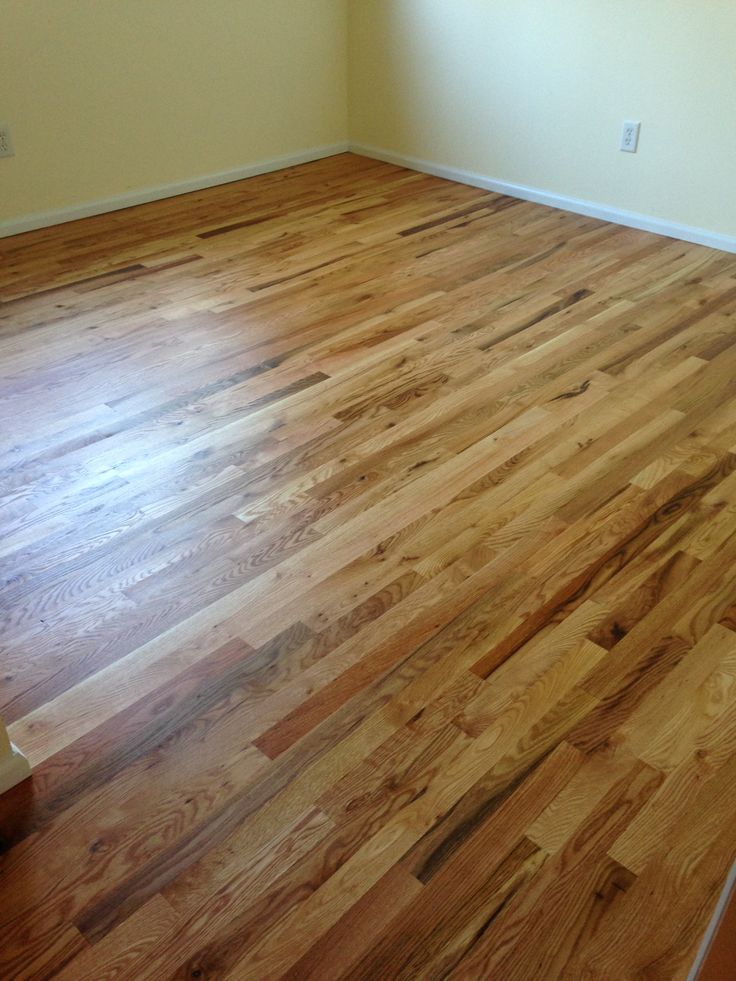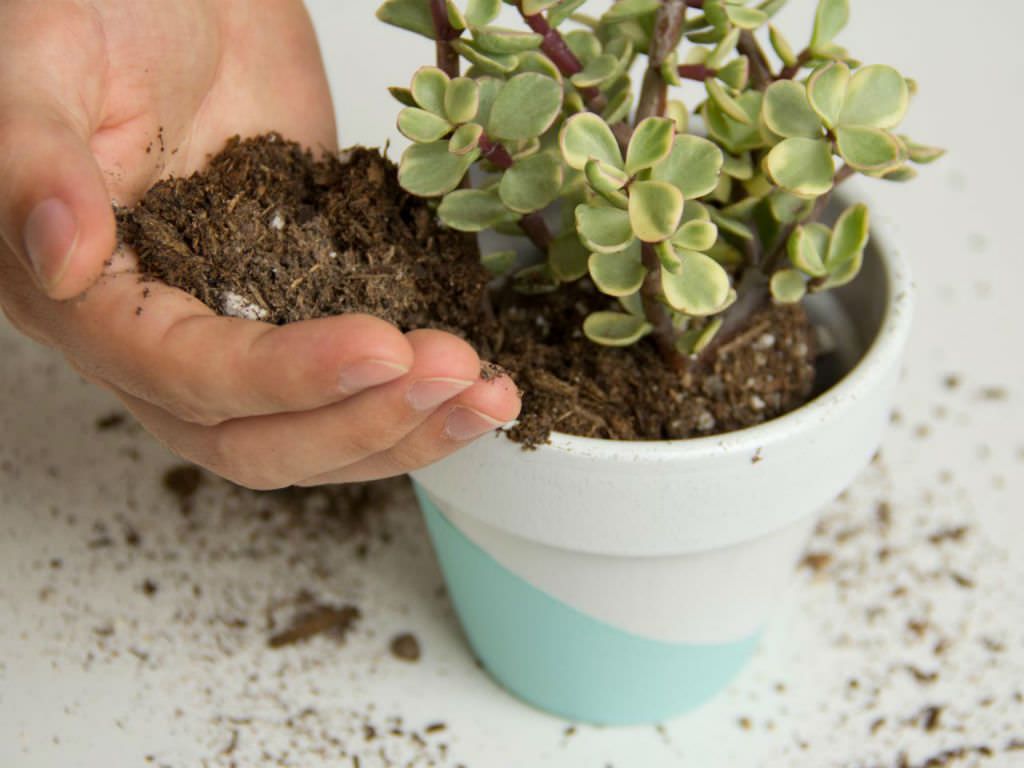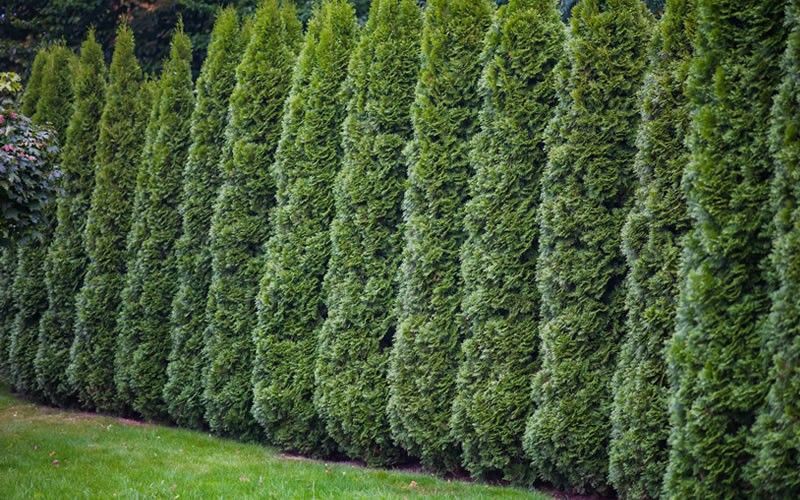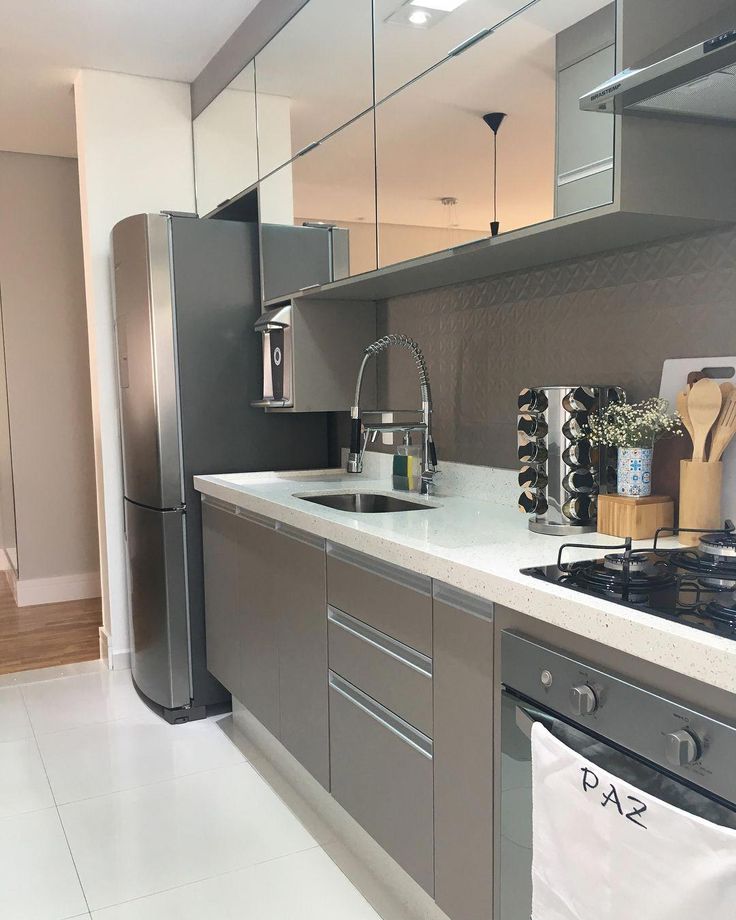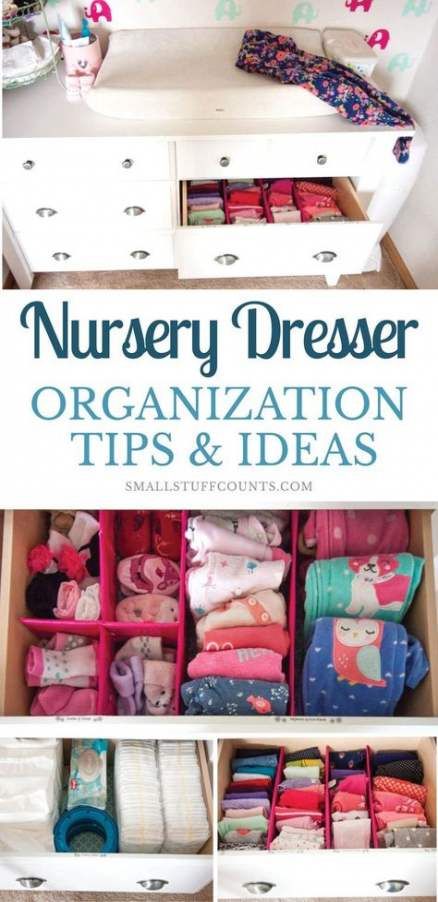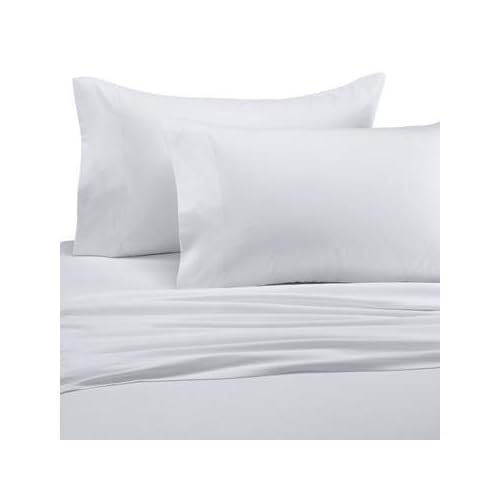Clean waxed hardwood floors
Aftercare For A Waxed Floor
Wax is our preferred option for use with antique or wooden floors with a bespoke patina. Waxing will give an unrivalled depth and beauty to the floor. A significant advantage of a Wax finish is that it can be maintained and restored relatively easily and does not require specialist tradesmen to carry out this work. The property owner or cleaner can carry out both daily and periodic maintenance.
A waxed floor will never require sanding and sealing. Over time the beauty of the floor will be enhanced by scratches, scuffs, dents etc. Some say a waxed floor requires more maintenance than either Polyurethane or Oil. This is true to some extent, initially, at least. However, in the long run, wax is favourable. Wax is a “little and often” approach to maintenance.
To compare, solid wood floors and engineered wood floors sealed with either Polyurethane or Oil require very infrequent maintenance/refurbishment. However, although an Oil or Polyurethane floor seal requires less regular maintenance or restoration, the restoration is a lot more involved when it becomes necessary. It will mean inconvenience and significant cost, as this work is skilled and beyond the average homeowners’ skill or experience.
A Waxed floor in a residential situation might require application and buffing (with a rotary buffing machine) two or even three times in its first year. This will be more frequent in a commercial setting. There is no definitive prediction on frequency, as this depends on the particulars of each project. This can be discussed with the owners/person responsible for making the best predictions.
Over time, the wax will harden, and wax applications will be required less often; buffing alone will be more common than waxing and buffing. Should the floor become dull and lose its lustre, you can apply another coat of wax and buff it. The floor will look better than when it was initially installed.
As an everyday regime, the homeowner or cleaner simply needs to sweep with a soft brush or vacuum. Never wet mop a waxed floor! If care is exercised, moist cloth and a PH-neutral cleaning solution can be used to clean a waxed floor. This doesn’t mean a wet mop. A moist cloth can be used, but a wet mop is terrible.
This doesn’t mean a wet mop. A moist cloth can be used, but a wet mop is terrible.
If a waxed floor is cleaned with a moist cloth, the floor needs to be dried and buffed off immediately (As you clean) with a dry towel.
By this, I mean buff dry with a towel as you go rather than cleaning the entire area with a moist cloth and then drying off. The cleaner needs to ensure that no spillages are left and to take care that the bottom of the bucket containing the warm water and cleaning solution is not placed directly onto the waxed floor (This is because it will inevitably be wet and could lead to rings/stains on the floor).
What also needs to be borne in mind is that cleaning in this way will remove the layers of wax over time. So if a regular wax application is not taking place also, the wax could eventually be entirely removed. There is a cleaning agent within Mylands wax so that when waxing and buffing a floor, it receives an excellent clean simultaneously.
Some practical tips for a waxed floor are as follows:
- Water/spillages, if wiped off the surface of a waxed floor relatively soon after taking place, will not cause an issue, but don’t allow water/spillages to sit on the surface for a prolonged period or the floor will mark.

- Don’t use general household cleaners, which are aggressive and will strip the wax.
- Don’t allow the floor to go indefinitely without the application of wax.
- Place a good doormat at exterior entrances to ensure water is removed from shoes as you enter the property.
- Domestic spray polish can be used to clean a localised spillage…..wine, jam etc… Ensure it is a beeswax based rather than silicone. Be careful not to use this method on stairs as it can make them slippery
- Avoid wet-mopping floors with water and using household cleaners, as this can strip the wax coat off or damage the wood.
- To keep dust at bay before it dulls the finish, dry mop waxed floors as often as necessary with a microfiber cloth pad or vacuum-clean with a dust brush attachment.
- Ensure spills are cleaned up promptly with a water-dampened cloth, then wipe dry to prevent any permanent staining or damage.
- Place moisture-absorbing mats at the foot of exterior entrances to prevent dirt and moisture from being tracked in.
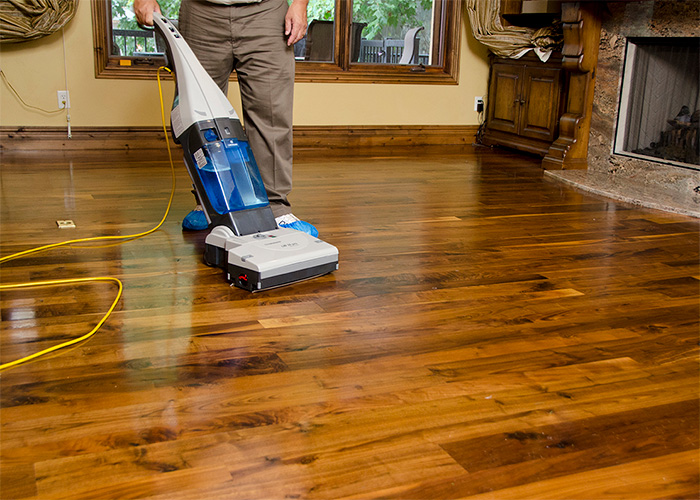
- To prevent dents, lift furniture across the waxed hardwood floors rather than dragging it.
To wax and buff, apply the wax with a rotary buffing machine. Place a small amount of wax on the floor, then buff evenly (A golf ball-sized dollop will cover about a square yard). Allow about 30 minutes to dry, then buff until a lustrous shine is apparent (It’s not complicated!). Do not to over-wax the floor. If the floor dulls, try buffing instead. Avoid wax build-up under furniture and other low-traffic areas by waxing less often in these areas. Any water, wine, spillages etc. should be cleaned immediately.
If the wax finish is discoloured by spillages which have not been cleaned up immediately or have dirt build-up, work area with wax using fine steel wool to remove grime and old wax. Wipe the floor clean, let it dry for about 30 minutes, and then buff.
Waxing Hardwood Floors 101: Benefits and Pro Tips
Photo: istockphoto.com
Hardwood floors add classic elegance to your home—but not when they’re dull, dinted, or dingy. Fortunately, waxing hardwood floors is an economical, tried-and-true way to restore their gleam and prolong their life. Read on to learn the technique for applying a high-performing wax finish that will look so grand, you’ll be walking on air!’
Fortunately, waxing hardwood floors is an economical, tried-and-true way to restore their gleam and prolong their life. Read on to learn the technique for applying a high-performing wax finish that will look so grand, you’ll be walking on air!’
Popularized in the 1940s, waxing is a floor finishing technique in which clear or colored wax, made of a blend of solvents and synthetic and/or natural waxes like beeswax or carnauba, is applied to a hardwood floor in a thin layer and then buffed to a shine. As the solvents in the wax evaporate, the wax hardens into a protective seal that confers a host of benefits:
- Increases stain resistance: The wax seal limits the absorption of spills to keep floors from staining.
- Minimizes minor imperfections: Wax fades or eliminates the appearance of superficial scratches, dings, and scuffs marks.
- Preserves underlying finishes: Wax acts as the first line of defense against spills, dust, and dirt, preventing them from encroaching on underlying finishes, such as oil, and enabling the underlying finish to last longer.
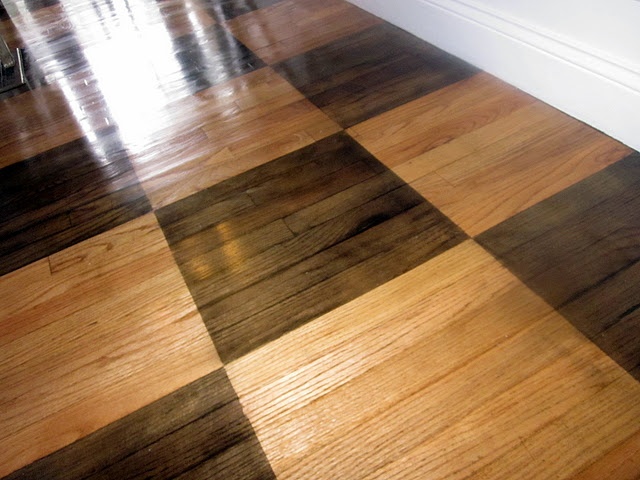
- Prolongs floor life: The increased hardiness of waxed floors allows them to potentially last years longer than un-waxed floors if regularly maintained.
- Boosts beauty: Clear wax lends a shiny look and a glossier feel that vacuuming or mopping alone can’t achieve. Colored waxes, available in hues on the brown spectrum, offer these same benefits plus an attractive tint that gives floors an even richer, deeper patina.
That said, wax offers only limited resistance to deeper dents or gouges, and does little to ward off warping or bulging from widespread moisture exposure due to leaks or minor floods. Wax should be considered as a top coat—a final layer of protection, not the only protective finish, on a hardwood floor.
Advertisement
Photo: istockphoto.com
Is it good on all floors?The best candidate for waxing is a hardwood floor that was previously treated with a penetrating wood sealer, lacquer, varnish, shellac, or oil, as wax can bolster the protective properties of these finishes.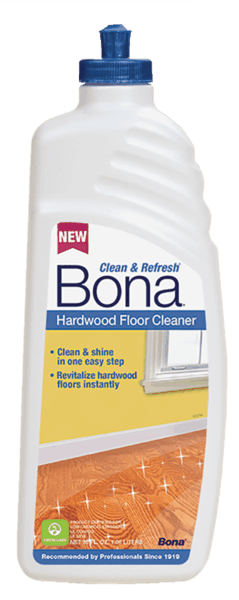 However, you can also wax unfinished floors.
However, you can also wax unfinished floors.
Never wax urethane-finished floors (which could prevent them from being effectively recoated with urethane; instead, use polish) or those labeled “no-wax,” such as no-wax linoleum or vinyl designed to look like wood (they come with a factory coating that doesn’t require waxing).
Waxing is also only suitable for hardwood floors in good structural condition; that is, with no significant chipping, gouging, discoloration, warping, or bulging. If your hardwood is plagued with these problems, replace or repair affected floorboards (e.g., sand away discoloration or fill gouges with wood filler) before waxing hardwood floors.
Refinishing your floors?
Some jobs are better left to the pros. Get free, no-commitment estimates from licensed flooring contractors near you.
Find local pros
+What type of wax should I use?
Make sure to use the appropriate wax for hardwood floors:
- Either a solid paste wax or a liquid wax: Solid paste wax, sold in cans (starting at $9.
 98 per 16 ounces from brands like Minwax on Amazon), usually has more wax and less solvent. This imparts a thicker consistency that must be applied by hand with a cloth but requires fewer coats. Liquid wax, available in cans or bottles (starting at $13.74 per 32 ounces from brands like Rust-Oleum on Amazon), contains more solvent, so has a thinner consistency and can be applied by mop, but demands multiple coats.
98 per 16 ounces from brands like Minwax on Amazon), usually has more wax and less solvent. This imparts a thicker consistency that must be applied by hand with a cloth but requires fewer coats. Liquid wax, available in cans or bottles (starting at $13.74 per 32 ounces from brands like Rust-Oleum on Amazon), contains more solvent, so has a thinner consistency and can be applied by mop, but demands multiple coats. - Labeled for use on floors: Steer clear of waxes labeled exclusively for use on furniture, as they harden into an ultra-slick coat that makes floors slip-prone.
- Solvent-based: Avoid water-based or acrylic waxes on hardwood floors; they can cause finished floors to take on a white tinge, or damage unfinished hardwood floors.
- Buffable: Look for traditional waxes that must be buffed after application; eschew one-step (i.e., “no-buff”) waxes, as dirt readily clings to them.
Photo: istockphoto.com
What waxing techniques achieve the best results?Use the tips below to master the three phases of waxing hardwood floors: surface preparation, application, and buffing.
- Remove rugs and furniture from the room.
- Strip old wax, if present, by working a soft cloth dampened with mineral spirits or a commercial wax stripper such as Trewax Instant Wax Remover (available on Amazon) over two-foot sections of the floor at a time until no more wax residue comes off on the cloth. Slough off stubborn wax build-up with fine-grade steel wool.
- Dry-mop (with a microfiber cloth pad) or vacuum the floor with a dust brush attachment to eliminate dust and any loose wax build-up.
- If the floor is still dingy after dusting, use a sponge mop to remove grime. Work in three-foot sections at a time, using a store-bought hardwood floor cleaner from brands such as Bona (available on Amazon) or a homemade equivalent consisting of one quarter-cup of dish soap and a gallon of warm water. Damp mop the floor with water to remove leftover cleaner, then dry with a clean towel.
- Always wear gloves and a dust mask for protection from fumes in wax solvents.
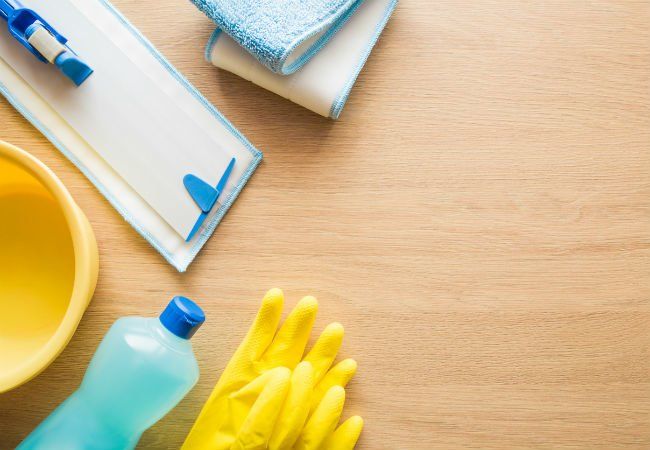
- Get into a comfortable kneeling position before applying solid paste wax, as it should be applied by hand (knee pads ought to help). If applying liquid wax, remain standing.
- Grab a putty knife and a soft, lint-free cloth if applying solid wax. For liquid wax, enlist a sponge mop for the quickest application.
- Scoop a tablespoon of solid wax with the putty knife onto a soft, lint-free cloth. If using liquid wax, pour or squeeze a tablespoon from the can or bottle directly onto the hardwood floor, then dip the mop head into the wax.
- Working in one- to two-foot sections, spread a thin layer of solid wax with the cloth, or liquid wax with a sponge mop. Start at one corner of the room and move towards an exit, waxing hardwood floors in the direction of the floorboards. When you’ve used up your first batch of wax, apply more to the cloth or to the floor until you’ve covered the entire room.
- Let the first coat dry, which can take anywhere from 10 minutes to an hour depending on the product.
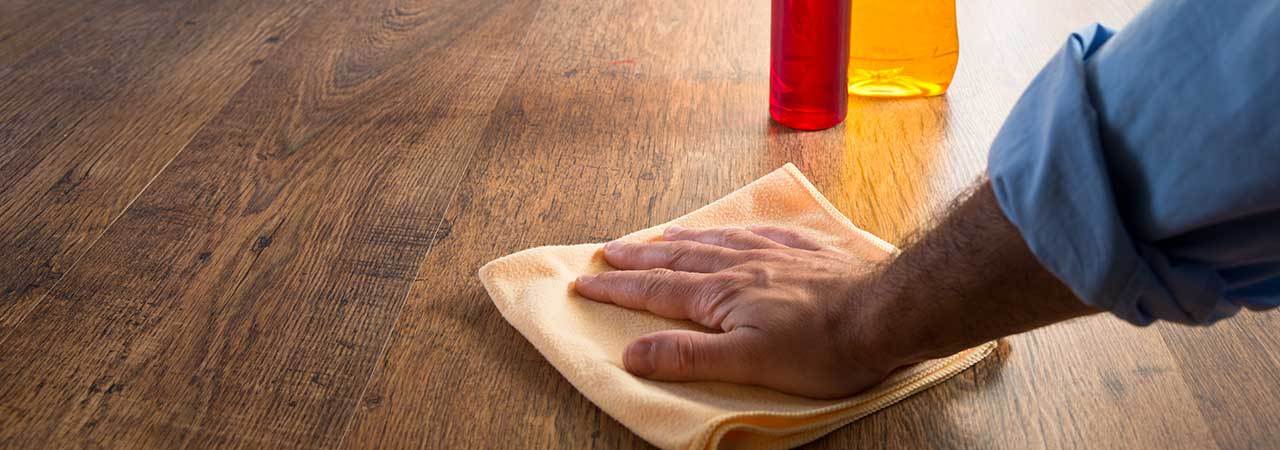
- Apply additional coats per the manufacturer’s recommendation, allowing each to dry in between. Solid paste wax generally hardens into a thicker layer of protection, so one coat is often sufficient over finished wood, or two coats over unfinished wood, whereas liquid wax usually needs two to three coats at a minimum, as each coat is much thinner.
- Let the final coat of wax dry just until hazy; at this point, it’s ready to buff.
Photo: istockphoto.com
Buffing:- Enlisting a towel for solid wax, or a sponge mop with a terry cloth head for liquid wax, rub the cloth, or glide the mop, over two-foot sections of the floor at a time. Start in the same corner of the room where you began and move in the direction of the wood grain, buffing to the desired luster.
- Employ an electric floor buffer/polisher (rental from Home Depot starts at $30 for a half day) to speed up the process of buffing either solid or liquid wax.
- Leave the freshly waxed floor undisturbed for eight hours before stepping on or replacing furniture.
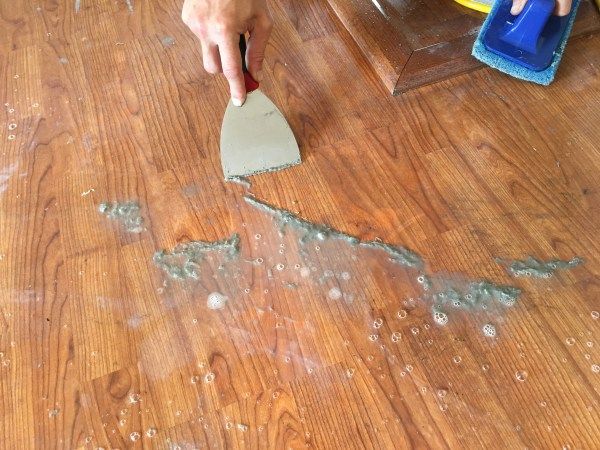
How can I keep waxed hardwood floors looking great?
Follow these tips to prolong the life and luster of your waxed hardwood:
Advertisement
Photo: istockphoto.com
- Re-wax floors at the interval recommended by the manufacturer. Generally, solid wax coats can last up to two to five years, and liquid wax coats between one to two years. If no re-waxing interval is given, wipe a cloth dampened with mineral spirits over a small section of your floor and inspect it. If the cloth is clean with no whitish or colored residue, no wax remains, so it’s time to re-wax.
- Avoid applying fresh wax before the old wax coat has worn off, as over-waxing hardwood floors can result in unsightly wax build-up.
- In between waxings, fade superficial imperfections by buffing floors using the tips above.
- Weekly dry-mop waxed with a microfiber cloth pad, or vacuum with a dust brush attachment, to keep dust at bay.
- Avoid wet-mopping large areas of the waxed hardwood floor with water; it can cloud the wax coat or damage the wood.
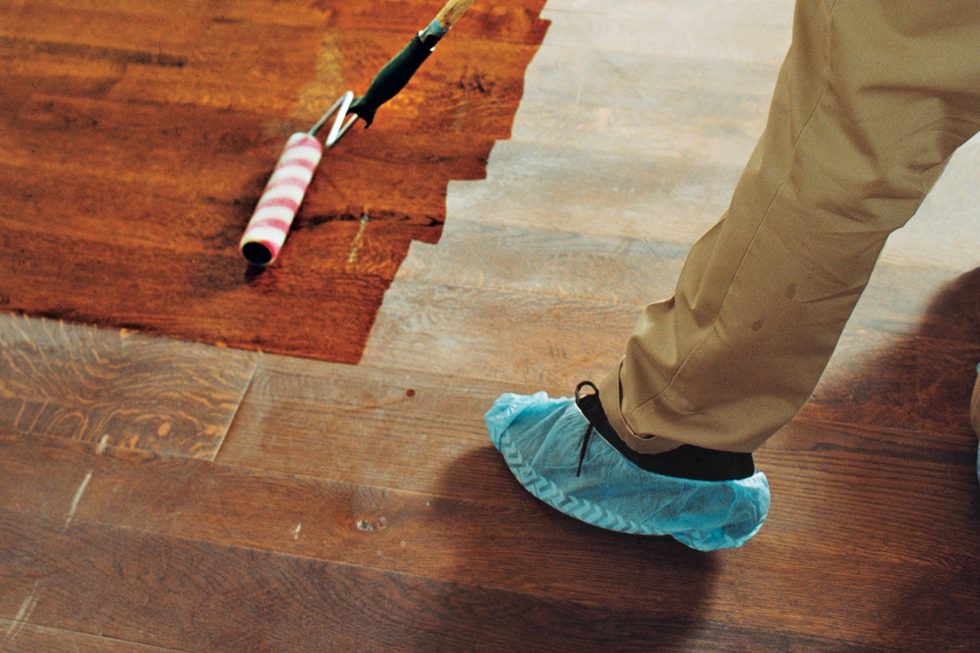
- Wipe up spills as soon as they occur with a water-dampened cloth, then wipe dry.
- Remove stains or discoloration by working hardwood floor cleaner into the offending spot with a cloth. Use a water-dampened cloth to remove the leftover cleaner, then dry with a clean towel.
- Lay rugs or mats at the foot of doorways near waxed hardwood floors to keep dirt from being tracked in.
- Lift, rather than drag, furniture across the waxed hardwood floors to avoid dents.
Refinishing your floors?
Some jobs are better left to the pros. Get free, no-commitment estimates from licensed flooring contractors near you.
Find local pros
+Cleaning parquet and laminate flooring - what to look out for when wet or dry cleaning
In the living room and bedroom, dining room or hallway - wooden parquet and laminate floors everywhere create a homely atmosphere and at the same time do not require special care compared to textile floors coatings. What to look for when cleaning and caring for floors and how to remove unsightly stains without harming expensive flooring can be found in our brief overview of the treatment of wood floors.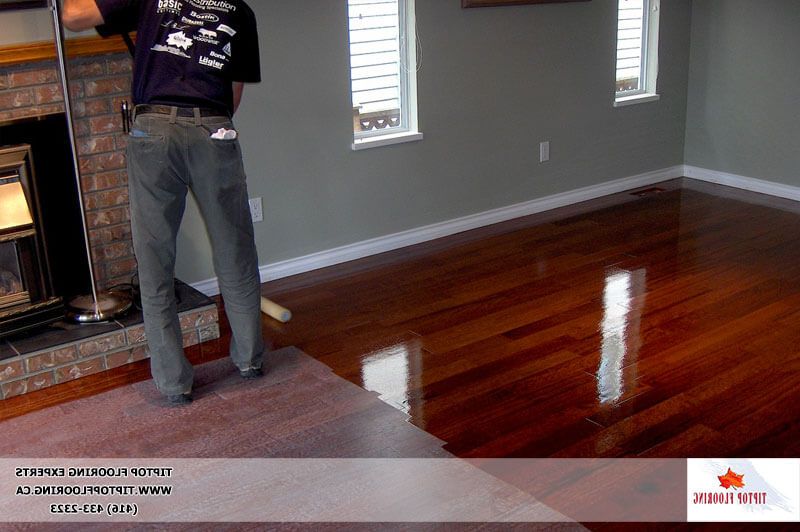 nine0003
nine0003
Parquet, laminate and similar materials: what should I pay attention to when cleaning?
All wooden floors are divided into parquet, parquet or laminate floors. In the case of parquet and parquet boards, we are talking about pure wood, while laminate, on the other hand, is a mixture of materials based on fibreboard (MDF). These types of coatings differ little in appearance, but have specific properties:
Parquet and parquet board
Parquet can be laid in various ways: staggered, herringbone, mosaic. A parquet board is nothing more than a parquet floor, however, wooden boards or tongues are made for the entire length of the trunk, and therefore have a much longer length than wooden parquet slabs. In addition, both types of coatings can differ in surface treatment: wax, oil or varnish. In the first case, wax is applied to the parquet, which gives the wood a matte or velvety sheen. In the second, the parquet is rubbed with oil, which makes it possible to better protect wide gaps from moisture.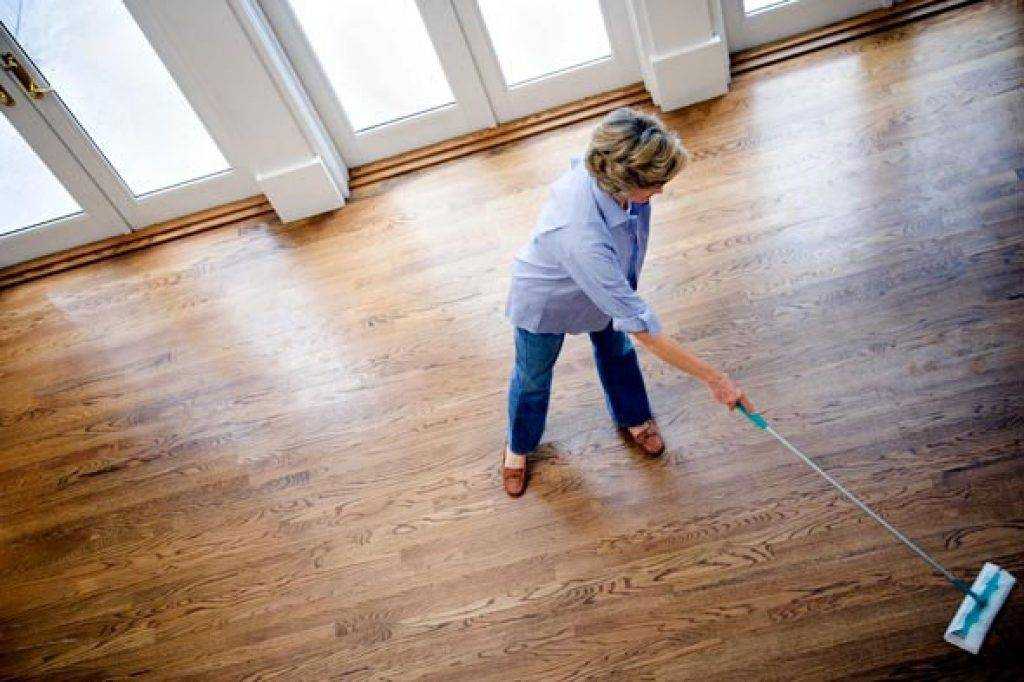 Lacquering parquet reduces the likelihood of moisture and dirt penetration, but does not protect against water ingress into cracks and deep scratches. That is, any parquet remains very sensitive to moisture. That is why it is so important that as little water as possible gets on the parquet during cleaning. In essence, we are talking about cleaning with a strongly wrung out wet cloth. It is worth noting that wooden floors can swell or shrink depending on the humidity of the surrounding air. nine0003
Lacquering parquet reduces the likelihood of moisture and dirt penetration, but does not protect against water ingress into cracks and deep scratches. That is, any parquet remains very sensitive to moisture. That is why it is so important that as little water as possible gets on the parquet during cleaning. In essence, we are talking about cleaning with a strongly wrung out wet cloth. It is worth noting that wooden floors can swell or shrink depending on the humidity of the surrounding air. nine0003
Laminate
In most cases, laminate imitates wood, but it is also found with imitation ceramic tiles or natural stone. Laminate is made from wood fiber board (MDF) as a base, on which a decorative coating is applied, and then a layer of transparent melamine resin, the so-called opaque film. This makes the surface scratch resistant and extremely easy to clean. However, the edges remain sensitive to moisture - especially if the laminate is not installed correctly. That is why such floors - like parquet - require exceptionally "slightly damp" cleaning with a minimum amount of water. nine0003
nine0003
Dry mopping with a vacuum cleaner and broom
Before wet mopping, remove dust and light dirt such as animal hair from parquet or laminate flooring with a vacuum cleaner, mop or broom. Otherwise, during cleaning, water will mix with dirt, resulting in stains and even minor scratches on the floor.
When vacuuming wooden floors, it is important to choose the right nozzle. Many vacuum cleaners come with a special floor nozzle or even an additional parquet nozzle. As a rule, such nozzles are equipped with a small brush ring made of natural hair, which does not leave scratches on sensitive wooden floors. nine0003
Can I clean laminate flooring with a steam mop? After that, you can proceed to wet cleaning - classic with a mop and a microfiber cloth or floor wet cleaning machine. When using a mop or microfiber cloth, it is important to wring it out thoroughly before wiping the floor so that as little water as possible falls on the floor and it can dry in a couple of minutes. As for the textiles used for cleaning, in this case microfiber should be preferred. This material has enhanced mechanical action and effectively binds dirt even without cleaning agents. When cleaning oiled or waxed parquet, you can use even more gentle window suede or cotton or viscose cloths. nine0003
As for the textiles used for cleaning, in this case microfiber should be preferred. This material has enhanced mechanical action and effectively binds dirt even without cleaning agents. When cleaning oiled or waxed parquet, you can use even more gentle window suede or cotton or viscose cloths. nine0003
Wet cleaning with floor cleaner
Due to the particular sensitivity of parquet and laminate to moisture, it is important that as little water as possible comes into contact with it during cleaning. Otherwise, the coating may swell and be permanently damaged. For gentle wet cleaning, special devices for wet floor cleaning are excellent. After them there is a minimum amount of moisture, which dries completely in a matter of minutes. In addition, they eliminate the need to constantly rinse and wring out mops and rags. nine0003
Before cleaning with the wet floor cleaner, dust and coarse dirt must be removed from the wooden floor. If the model is also equipped with a suction function, preliminary cleaning with a vacuum cleaner is, in principle, not required.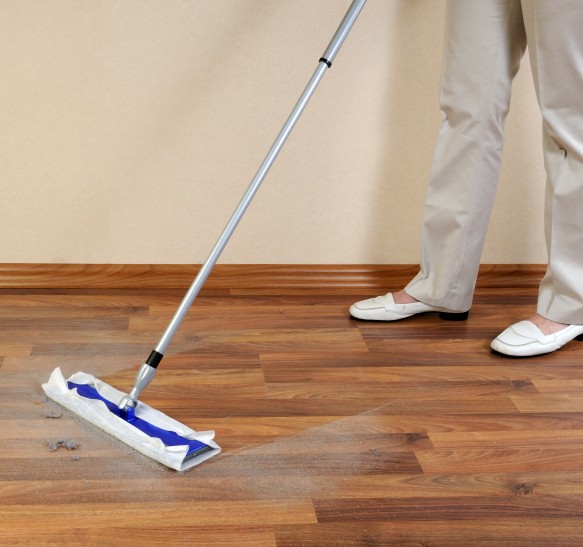
After this you can start wet cleaning. For best results, you can add a small amount of special wood floor cleaner to clean water. In the process of cleaning, you need to slowly move the floor cleaner back and forth along partially overlapping trajectories. This will evenly clean the floor and leave no streaks. As a rule, the wooden surface dries in 2 minutes. If wet spots remain on the floor after this time, it is recommended to wipe them off by hand with a soft cloth. nine0003
Recommendations for the use of wet floor cleaners
- It is best to start cleaning from the window and move towards the door. Thanks to this, you do not have to step on washed, but not yet dried surfaces.
- Residues of old cleaning agents may adversely affect the result. Therefore, the first time you use the wet floor cleaner, you may need to pre-treat the floor more intensively - first clean without cleaning agents to remove old residues. nine0036
- When switching to other surfaces, such as from laminate or parquet to ceramic tiles, the brushes must be thoroughly washed or simply replaced with another pair.

- When cleaning, do not stay in one place for a long time, so as not to get too much water on the floor.
- When cleaning oiled or waxed wood floors, you should also not stay in one place for long, otherwise you can simply wash off the oil or wax from the wood.
- Before cleaning floors made of sensitive materials (cork without a protective coating, etc.), you must first test them for water resistance in an inconspicuous place. nine0036
Cleaning parquet and laminate with a steam cleaner
Steam cleaners can also be used to clean parquet or laminate floors. Choose a floor nozzle with a microfiber cover and work the floor with quick back and forth strokes combined with short bursts of steam. At the same time, it is important that there is no more steam than is necessary to dissolve the dirt. Do not hold the nozzle in one place for too long, so that puddles do not form on the floor. If the appliance is equipped with a steam flow adjustment function, select the lowest setting.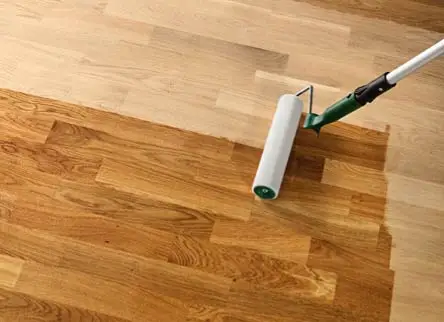 In general, cleaning wood floors with steam is allowed only if the floor is professionally installed and moisture cannot enter the crevices and unprotected end edges. Otherwise, there is a risk of floor swelling. nine0003
In general, cleaning wood floors with steam is allowed only if the floor is professionally installed and moisture cannot enter the crevices and unprotected end edges. Otherwise, there is a risk of floor swelling. nine0003
It all depends on the cleaning agent
In order to keep your wood floor looking both clean and well-groomed, you should use cleaning agents for cleaning that contain components not only for cleaning, but also for maintenance. Which product is best for your wood floor depends on the surface treatment:
Lacquered wood floors: For a thorough but gentle cleaning, refreshing and care of varnished wood floors (parquet, laminate, cork), a moisture protection product is well suited. It has impregnating properties, due to which the floor absorbs less moisture. This allows you to protect the tree not only from swelling, but also from re-contamination. nine0003
Oiled or waxed wood floors: A waxed wood floor care product is suitable for cleaning and maintaining oiled or waxed wood floors. It leaves a silky sheen without streaks and at the same time protects the floor from moisture. However, in this case, it is necessary to strictly observe the dosage, since with the frequent use of such products, a sticky layer is formed on the tree, to which dust easily adheres. When cleaning oiled or waxed wood floors, avoid using alkaline cleaners, such as all-purpose cleaner, as they remove the care product from the wood. nine0003
It leaves a silky sheen without streaks and at the same time protects the floor from moisture. However, in this case, it is necessary to strictly observe the dosage, since with the frequent use of such products, a sticky layer is formed on the tree, to which dust easily adheres. When cleaning oiled or waxed wood floors, avoid using alkaline cleaners, such as all-purpose cleaner, as they remove the care product from the wood. nine0003
If there are streaks on the floor after cleaning, there may have been too much cleaning agent. Surfaces that are rarely walked on turn gray at first, because a protective film that is too thick attracts dust. Such places should be cleaned first, using only clean water. After that, high traffic areas can be treated with the addition of a care product.
Recommendation: If you are not sure if the product is suitable for your floor, test it in an inconspicuous place. Additional cleaning and maintenance instructions for various floor coverings are often also found in the cleaning and maintenance instructions of the flooring manufacturers.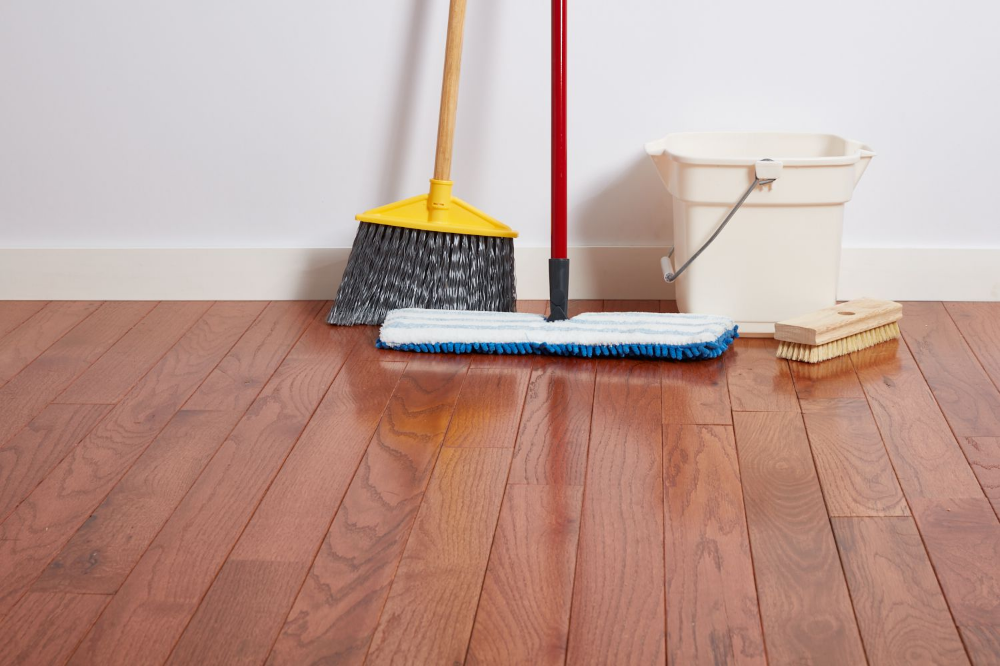 nine0003
nine0003
SOS: removing stains from parquet and laminate
Any stains on wooden floors can be divided into 2 categories: stains on the surface and stains that have already eaten into the wood.
If liquids such as red wine or juice come into contact with the coating, wipe them up immediately with an absorbent cloth. Surface stains, in particular food residue or shoe marks, are usually easily removed with a damp microfibre cloth.
For stubborn stains, you can treat the stain with an all-purpose cleaner. Good alternatives to all-purpose cleaners are household cleaners, such as water mixed with dishwashing detergent, neutral soap or fabric softener, an eraser to remove dirt, or a little alcohol (to remove colored substances). Always rub the soiled area in the direction of the wood structure and finish by rinsing with water. nine0003
If the stain has already eaten into the wood, it is much more difficult to remove it, because in order to get to the stain, you must first remove the wax, oil or varnish.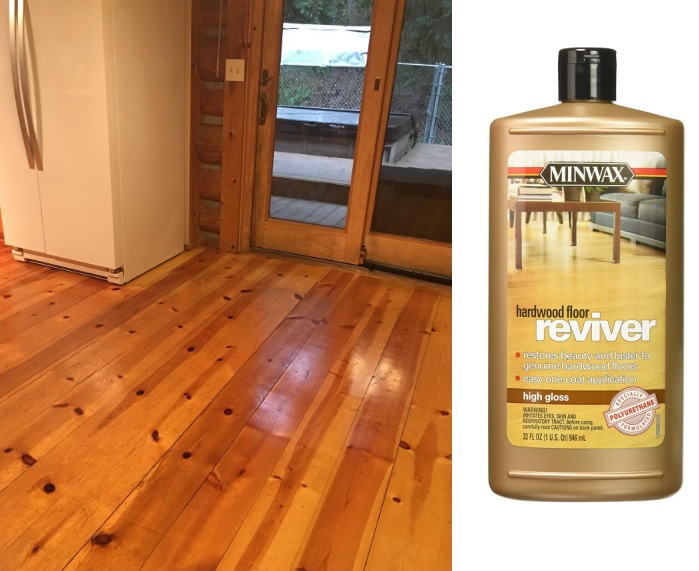 In this case, often resort to the help of specialists from cleaning companies.
In this case, often resort to the help of specialists from cleaning companies.
Suitable cleaning technology for parquet and laminate
Wet floor cleaners
Steam cleaners
Vacuum cleaners
Wood floor cleaners
You may also be interested in:
Ceramic tile cleaning
PVC and linoleum cleaning
Residential cleaning
Wood floor maintenance | Karcher
Wooden floors in the living room, bedroom, dining room or hallway are becoming more and more popular, not least because of their attractive appearance. However, care should be taken when cleaning: wooden floors are sensitive to water. But how to wash them without causing harm? With the right floor cleaner, you will no longer have to worry about the condition of your beautiful parquet. nine0003
nine0003
Special characteristics of wooden floors
There are different types of wooden floors: parquet, floorboard and laminate, where parquet and floorboard are made only from wood, and laminate from a mixture of materials with fibreboard. Each type of flooring has its own characteristics:
Parquet
There are different types of parquet, such as strip parquet, mosaic parquet or herringbone parquet. As with floorboards, surface treatment is important for parquet: the elements are coated with wax, oil or varnish. Wood floors can swell or shrink depending on the level of humidity. They are also susceptible to moisture. Therefore, when cleaning, it is important to ensure that as little moisture remains on the floor as possible. nine0003
Laminate
Laminate flooring is usually made to look like wood, but there are also options with spectacular tiles or stone.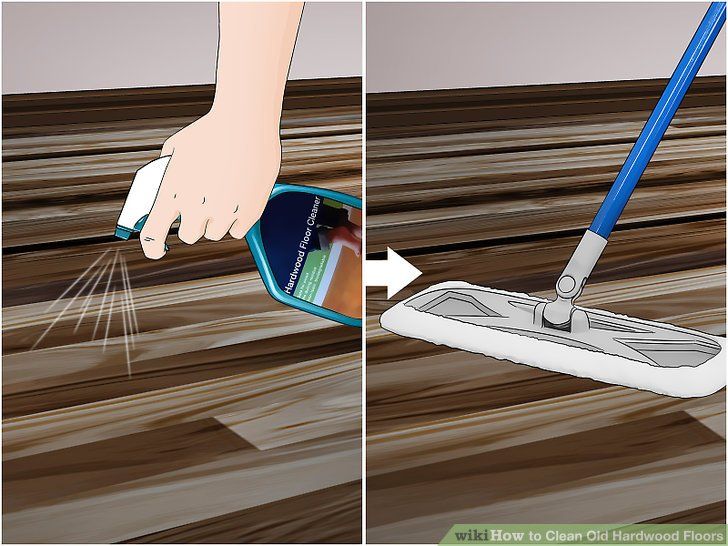 It consists of a fibreboard (base layer), a decorative layer and a transparent melamine resin layer on top (overlay). The surface is scratch resistant and easy to clean, but the edges are usually sensitive to moisture, especially if the laminate is not installed correctly. nine0003
It consists of a fibreboard (base layer), a decorative layer and a transparent melamine resin layer on top (overlay). The surface is scratch resistant and easy to clean, but the edges are usually sensitive to moisture, especially if the laminate is not installed correctly. nine0003
Wet cleaning with floor cleaners FC 3 Cordless and FC 5
Since wooden floors are sensitive to moisture, it is important to use as little water as possible when cleaning them. The FC 3 Cordless and FC 5 floor cleaners are ideal for gentle wet cleaning, as they leave a minimum amount of moisture behind, which dries completely in just a few minutes.
FC 3 Cordless
- Effortless Wet Mopping
- Batteries enough to clean floors up to 60 m²
- Single tank system: fresh water tank for continuous moistening of microfiber rollers
- Dirty water is removed from the rollers and collected in the tank
- Special design for cleaning under furniture and cleaning right next to it with edge - for perfect cleaning results near walls and corners
- Save up to 90 percent water compared to mop cleaning
FC 5 and FC 5 Cordless
- 2-in-1 cleaning system: wet cleaning with dirty water collection - all in one pass
- Corded or cordless (with battery)
- Dual tank system: FC 5 equipped with clean and dirty water tanks
- Two rotating microfiber rollers
- Automatic roller cleaning function at the parking station
- Cleaning right next to the edge thanks to the special placement of the rollers
- Up to 90 percent water savings compared to mop cleaning
Important note
Vacuum the floor before cleaning with the FC 3 Cordless to remove large and small particles of loose dirt. Although the FC 5 has a suction function and can suck up small particles, it cannot be used as a substitute for vacuuming.
Although the FC 5 has a suction function and can suck up small particles, it cannot be used as a substitute for vacuuming.
Cleaning wooden floors step by step
1. Before damp mopping, remove dust and large dirt particles from wooden floors with a vacuum cleaner, cordless electric broom or conventional broom. nine0003
2. Remove the water tank from the FC 3 / FC 5 and fill it with water up to the mark. Add detergent according to dosing instructions.
3. Install blank rollers on FC 3 / FC 5, paying attention to the color code on the device and rollers (blue to blue, green to green).
4. Turn on the device and start cleaning by moving the machine slowly back and forth. Note: If you are using an FC 5 machine, dampen the rollers at the station before use. nine0059
5. After cleaning, remove the dirty water tank from the device, empty it completely and rinse with clean water.
6. Remove the microfiber rollers, wash them at 60°C in a washing machine without fabric softener, and then dry them.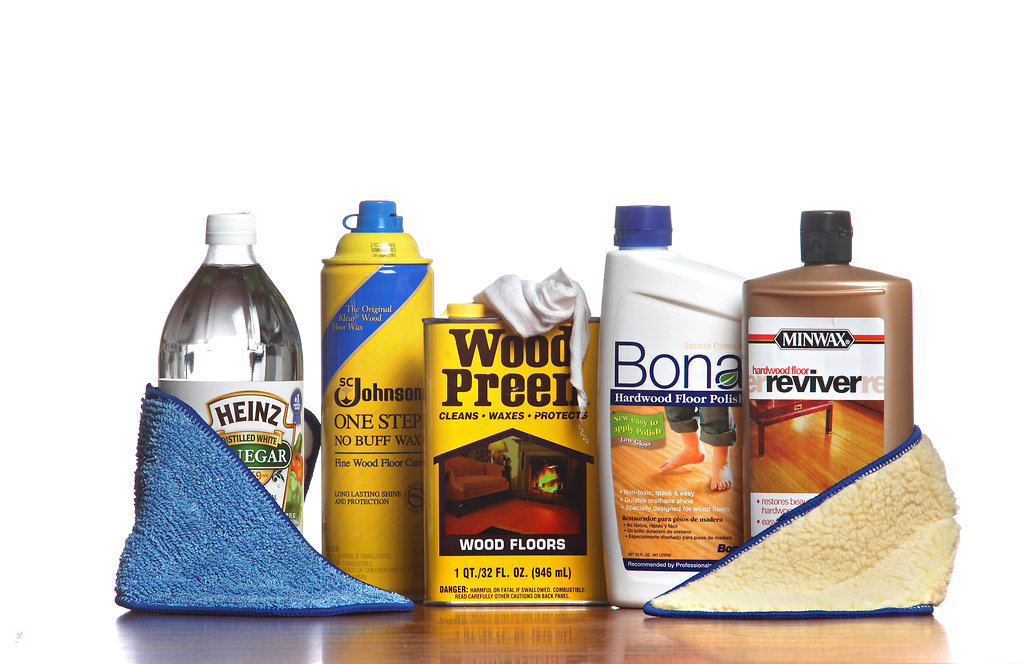
7. After use, fully charge the battery devices (until the LED indicator lights up permanently).
8. Position the unit at a parking station in a convenient location until next use, secure the casters. nine0003
Additional cleaning tips
- To avoid overfilling the dirty water tank, it is recommended that the fresh water tank on the FC 5 is only half full.
- Don't spend too much time cleaning one area so the floor doesn't get too wet.
- If you have an oiled or waxed wood floor, you should also avoid treating one area too long as this can remove the oil or wax from the surface of the wood. nine0036
- Delicate floor coverings such as natural cork should be tested for watertightness in an inconspicuous area.
It's all about the detergent
In order to keep your wooden floor not only clean, but also in good condition, you should use a detergent when cleaning, which, in addition to the cleaning component, contains a surface care component. The choice of equipment for a particular type of wooden floor depends on the type of surface treatment:
The choice of equipment for a particular type of wooden floor depends on the type of surface treatment:
- Wood floor with protective coating : Care product RM 534 is ideal for thorough and gentle cleaning, refreshing and maintenance of wood floors with protective coating (parquet, cork and laminate). Contains a moisture-protective component that prevents swelling of the floor covering.
- Oiled/waxed wood floor : Detergent RM 535 with special care agent. Leaves no streaks or streaks, gives a silky-matte shine and protects the floor from moisture. Ideal for cleaning and maintaining oiled or waxed wood floors. nine0036
The right product for every application
FC 3 Cordless
Cleans better than a mop Maximum freedom of movement thanks to battery technology.
more
FC 3 Cordless
Cleans better than a mop Maximum freedom of movement thanks to battery technology.